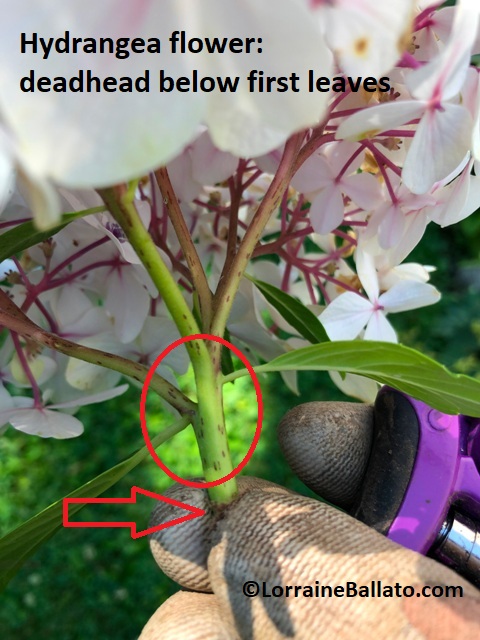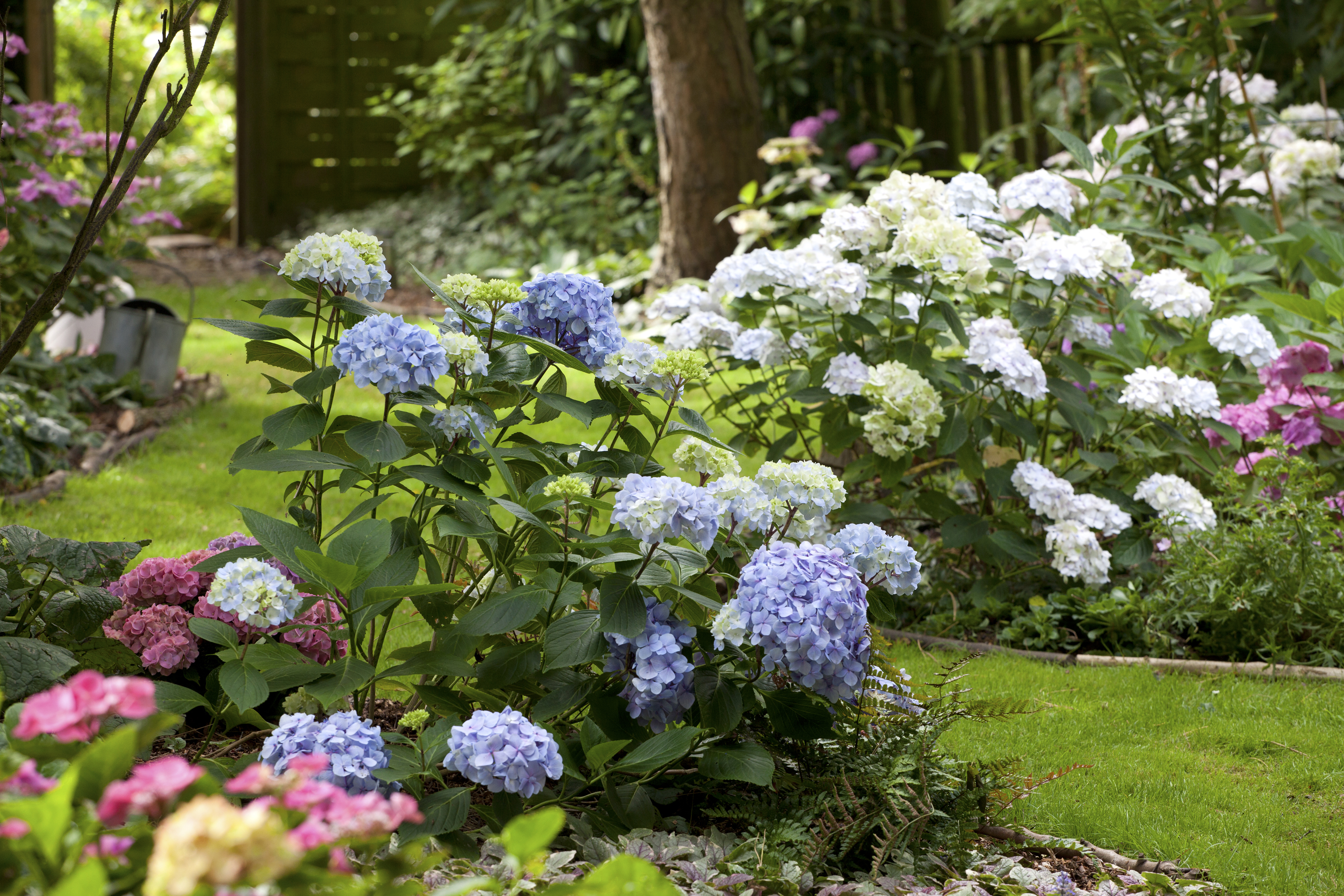How to deadhead hydrangeas, according to gardening author and expert
Discover how to deadhead hydrangeas and learn the best ways to do it with our top tips from an expert gardener


Wondering how to deadhead hydrangeas? Known for their beautiful blooms and leafy foliage, the much-loved hydrangea can be spotted in planting schemes far and wide thanks to its easy-to-grow qualities and long-lasting color.
The pretty shrubs, which come in all manner of colors – from blue to white and pink to green – are most often used as a border plant in gardens, as they flower throughout summer and well into autumn.
Deadheading is an important step in learning how to care for hydrangeas and knowing how to do it properly is essential to maintain if not enhance the health of your plants.
To get started, you'll want a pair of the best secateurs or pruning shears like Felco's Model 12 secateurs, some good gardening gloves, and a place to contain the heads of hydrangeas you prune.
When it comes to deadheading a hydrangea, you need to take into consideration where you cut and the best time to do it. To find out all this and more, we spoke to National Gardening Bureau member, Lorraine Ballato.
Ballato is the author of Success With Hydrangeas, A Gardener’s Guide so knows all the ins and outs of growing hydrangeas and keeping them looking their best.
You will need:
1. A pair of pruning shears: we like Felco's Model 12 secateurs
2. A thick pair of the best gardening gloves
3. A pot or compostable garden refuse bags for the blooms
Like with any of the best garden planting schemes, a pretty hydrangea can make a big difference to your outdoor space. So if you want to keep this floral growing (and growing) and stimulating new growth – that’s where deadheading comes in. Nobody likes a drooping hydrangea, after all.
Get small space home decor ideas, celeb inspiration, DIY tips and more, straight to your inbox!
But first, when should you deadhead your hydrangea? And what does it do?
Ballato tells us, ‘All cutting stimulates a plant (any plant) and hydrangeas need to be left alone after about August 1.'
‘If it's done at the wrong time, the gardener could be doing more harm than good. During the last few weeks of the season, they are working on making flower buds for next year. Distracting them by cutting gets in the way of them making those buds and initiating dormancy.
‘If you must deadhead, do it as soon as the flower fades and stop deadheading by early August. Just know that when you deadhead, you are possibly depriving yourself of some fantastic color changes that can take place in the later season as many hydrangea flowers morph into soft shades of pink, green, lavender, etc. It's called "antique season" and it is stunning! Further, many newer hydrangeas intentionally change color from pale green to white to pink and rose as the season progresses.’
How to deadhead hydrangeas
There are many types of hydrangeas. Bt the most commonly grown in backyards seems to be the Hydrangea macrophylla – lacecaps and mopheads. You might also see climbing varieties. But no matter the type you have blossoming in your front or back yard, you can follow the same steps.
1. Ensure you have clean and sharp secateurs
If you want to achieve perfect pruning every time, Ballato explains, ‘You must have a sharp set of pruners, and disinfectant to clean your pruners when you move from plant to plant.’
This will stop any rust to the blades of your secateurs and stop any infection from spreading from plant to plant.
2. Trim hydrangea foliage
Have the leaves on your hydrangeas started growing out of control? Do they look a bit unruly? Or have they started taking over more space than you want them to?
Then why not trim back any foliage and unwanted leaves growing on your shrub?
‘You can start anywhere on the plant,’ Ballato says. ‘It doesn't make a difference. But it does make a difference where on the stem you cut.’
3. deadhead your hydrangea
Now you're ready to prune your plant.
When you deadhead any hydrangea, make the cut directly below the flower. Ballato explains, ‘Look for the first set of leaves that are opposite one another and make the cut directly above that set.’

What happens if you don’t deadhead hydrangeas?

Worried about deadheading your shrub and causing more harm than good? Don’t panic. According to Ballato, choosing to forgo deadheading your hydrangea isn’t necessarily a bad thing.
She says, ‘In fact, gardeners that leave the flowers on get to enjoy some winter interest in their gardens as the snow and ice can catch the sun and simply glisten. Also, the dead flower acts as an umbrella to protect the rest of the plant against hard winter ice and winds.’
Can you cut hydrangeas for bouquets?
Ballato says, 'Cutting fresh flowers for bouquets is definitely on your agenda for late July. The flowers can grace your home or office in any number of ways. Maybe a bouquet will brighten up someone else’s day. For those bouquets, you will probably cut further down on the stem. Just be sure to cut above a pair of opposite leaves as already discussed.'
Becks is a freelance lifestyle writer who works across a number of Future's titles. This includes Real Livingetc, Top Ten Reviews, Tom's Guide, TechRadar and more. She started her career in print journalism at a local newspaper more than 8 years ago and has since then worked across digital and social media for food, fashion and fitness titles, along with home interior magazines. Her own interior style? She's a big fan of Scandi designs and the same can be said for creating mindful spaces in every corner of her home. If it doesn't spark joy or happiness, it has no place here. When Becks isn't writing, she’s reading or probably thinking of more ways to add pink to her space.
